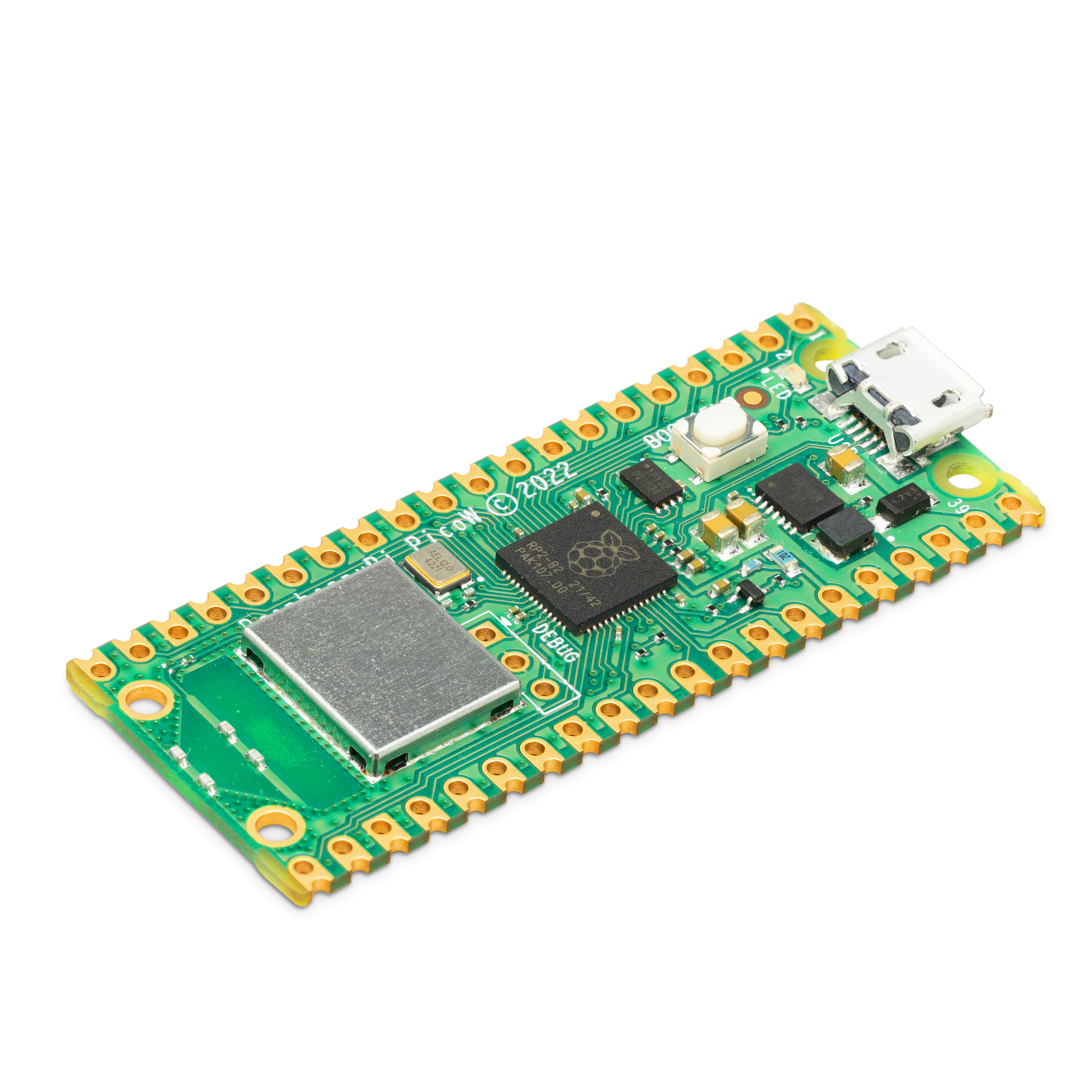This article shows how microcontrollers usually have on them. So, if you want to build your microcontroller or to delve into the intricate designs, reading this can help you. A microcontroller(usually uC) should have a: * processor: AVR, ARM or other * interface for programming(usb socket) * capacitors, voltage regulators for 9V -> 5V or 3.3V
Let’s take a look at the raspberry pi pico w:

For interfacing with the usb, most microcontrollers use a convertor chip(usb to ttl) called ch340. This chip would require an external oscilator(crystal) and capacitors.
Some could have external RAM, ROM or flash memory where the program will be stored. Also, for the uController to read analog signals, there is needed an ADC(analog to digital converter), usually an 12 bit one. Also, a low spec uC can have timers and clocks like the NE555 chip for generating a PWM signal(a square wave with high frequency). Some uC can have attached some peripherals like an SD card reader or an OLED screen rather than VGA/HDMI sockets.
For open source uC, there could be variations of design, for example Arduino: some use an SMD processor, while others might use a long microprocessor that fits in a soldered socket.